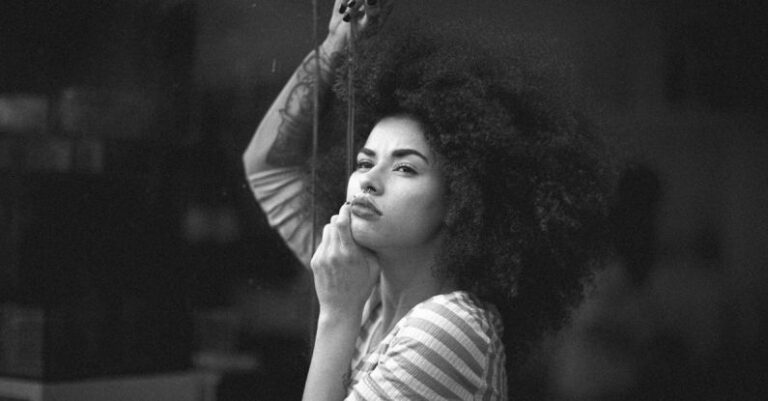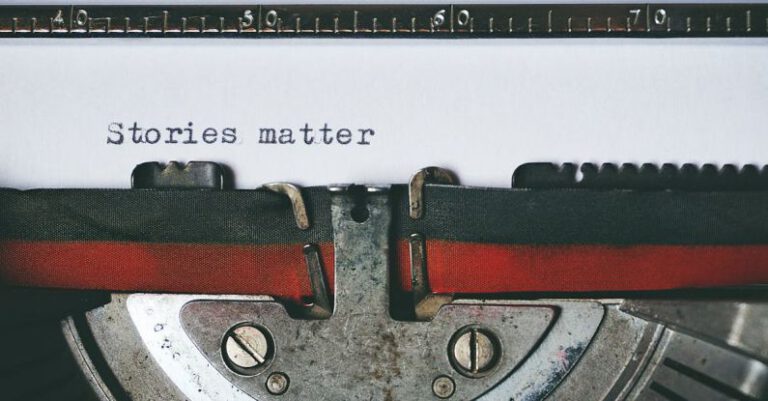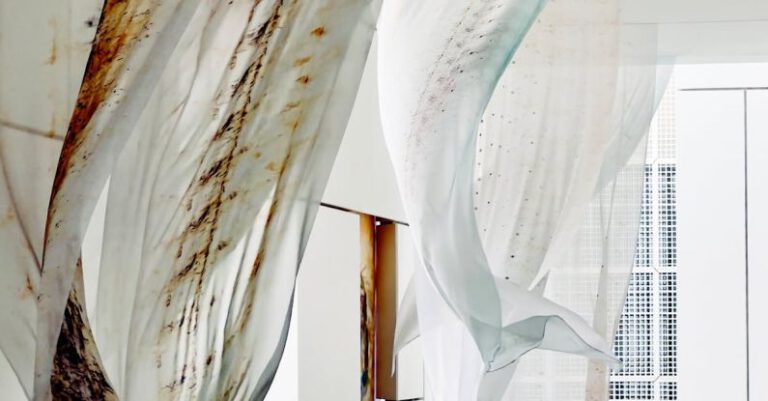How to Use Contrast Effectively in Tape Art

Creating captivating tape art involves a combination of skill, creativity, and understanding of design principles. Among these principles, contrast plays a crucial role in making your tape art stand out and grab the viewer’s attention. By effectively utilizing contrast, you can add depth, visual interest, and emphasis to your tape art pieces. In this article, we will explore how to use contrast effectively in tape art to enhance your creations and make them truly remarkable.
**Understanding Contrast in Tape Art**
Contrast in art refers to the arrangement of opposite elements, such as light and dark, rough and smooth, or thick and thin, to create visual interest and impact. In tape art, contrast can be achieved through various means, including color, texture, shape, size, and line. By deliberately incorporating contrasting elements into your tape art, you can create dynamic compositions that draw the viewer’s eye and evoke strong emotions.
**Utilizing Color Contrast**
One of the most common ways to create contrast in tape art is through color. Vibrant colors placed next to muted tones, complementary colors juxtaposed with each other, or a single bold color against a neutral background can all create striking visual contrast. Experiment with different color combinations to see how they interact and influence the overall feel of your tape art piece.
**Playing with Texture and Shape**
Texture and shape can also be powerful tools for creating contrast in tape art. Mixing smooth, glossy tape with matte or textured tape can add visual interest and depth to your artwork. Additionally, combining geometric shapes with organic forms can create a dynamic contrast that adds complexity to your composition. Consider how different textures and shapes can work together to create a visually compelling tape art piece.
**Experimenting with Size and Scale**
Contrast in size and scale can help create a sense of hierarchy and emphasis in your tape art. By varying the size of tape strips or shapes within your composition, you can guide the viewer’s eye and create focal points. Play around with different scales to see how they impact the overall balance and visual impact of your tape art piece. Remember that contrast in size can create a sense of movement and flow within your artwork.
**Exploring Line Variations**
Lines are fundamental elements in tape art, and varying line weight, length, and direction can help create contrast within your compositions. Thick, bold lines can stand out against thin, delicate lines, creating a sense of depth and dimension. Experiment with different line variations to see how they can add interest and energy to your tape art pieces. Lines can also be used to create patterns and textures that enhance the overall visual impact of your artwork.
**Incorporating Light and Shadow Effects**
Light and shadow can be simulated in tape art by using different shades of tape or by creating overlapping layers to mimic depth. By playing with light and shadow effects, you can add a sense of realism and dimension to your tape art pieces. Consider how the placement of light and dark elements can create contrast and drama within your compositions, enhancing the overall visual impact of your tape art.
**Enhancing Depth with Contrast**
Creating contrast in tape art is not only about making elements stand out but also about enhancing the sense of depth in your compositions. By strategically using contrast in color, texture, shape, size, line, and light, you can create layers within your artwork that draw the viewer in and create a sense of three-dimensionality. Experiment with different ways to create depth through contrast to make your tape art pieces more engaging and visually dynamic.
**Crafting Impactful Tape Art with Contrast**
By understanding and effectively using contrast in your tape art, you can elevate your creations to new heights and make them truly stand out. Experiment with different techniques for creating contrast through color, texture, shape, size, line, and light to discover what works best for your artistic vision. Remember that contrast is a powerful tool that can add depth, visual interest, and emphasis to your tape art pieces, so don’t be afraid to push the boundaries and explore new possibilities. With practice and experimentation, you can master the art of using contrast to create captivating tape art that leaves a lasting impression on viewers.





